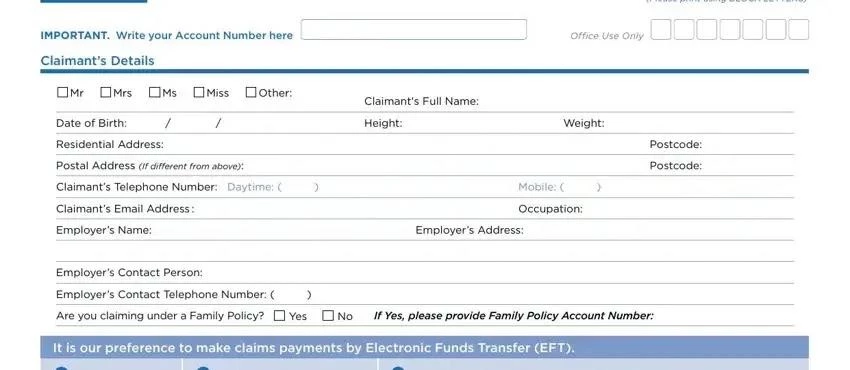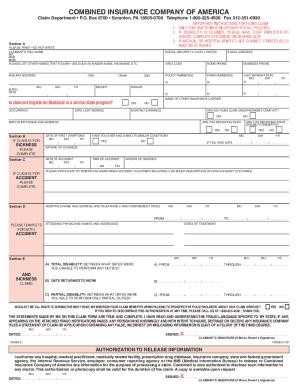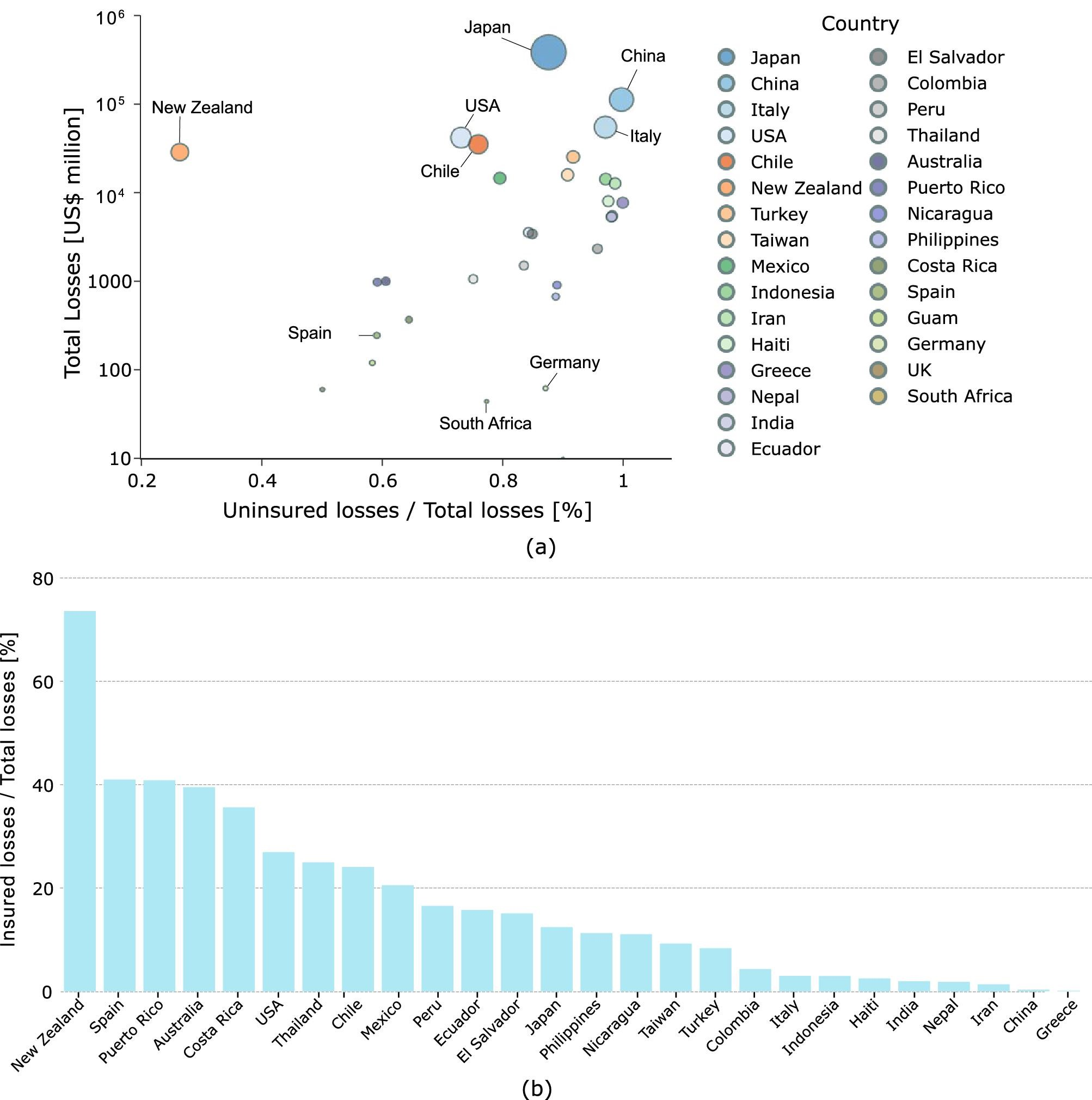
Combined Insurance Payout Chart PDF⁚ A Comprehensive Guide
This guide explores Combined Insurance’s payout chart PDF, a crucial resource for understanding benefit structures. It details how benefits are disbursed under various policy conditions, clarifying potential payouts and aligning them with coverage needs. The chart aids in comprehending policy specifics and facilitates informed decision-making regarding coverage.
Understanding Combined Insurance Payout Charts
Combined Insurance payout charts are essential documents that detail the specific benefits payable under different policy scenarios. These charts provide a clear and concise overview of the financial compensation you can expect to receive in case of a covered accident or illness. Understanding these charts is crucial for policyholders to make informed decisions and ensure they have adequate coverage to meet their needs. The charts typically outline various benefit levels based on factors such as the severity of the injury or illness, the type of treatment received, and the specific policy purchased. They often include a schedule of benefits, clearly indicating the amount payable for different types of medical expenses, such as hospital stays, surgery, physical therapy, and emergency room visits. The information presented is generally organized in a tabular format for easy readability and comprehension, enabling policyholders to quickly determine the potential payout for specific circumstances. Careful review of the chart is necessary to fully grasp the scope of coverage and potential financial assistance available under the policy. This understanding empowers policyholders to make well-informed decisions regarding their healthcare and financial preparedness.
Types of Combined Insurance Covered
Combined Insurance offers a range of supplemental insurance products designed to bridge gaps in existing health coverage. These plans often include accident insurance, which covers medical expenses and lost income resulting from accidental injuries. Hospitalization and intensive care benefits provide financial assistance for inpatient hospital stays and critical care. Accident & sickness protector plans offer broader coverage, encompassing both accidental injuries and illnesses. Specific policy details, including coverage amounts and exclusions, are outlined in the policy documents and the accompanying payout chart. The availability of certain coverages may vary depending on the specific policy purchased and the location. Some policies might include specialized coverage such as sports injury enhancements, providing additional benefits for injuries sustained during organized athletic activities. Emergency room benefits often cover expenses related to treatment at emergency care facilities. Laceration benefits may provide compensation for injuries involving cuts or wounds. It’s crucial to review the policy documents and the payout chart to understand the specific types of insurance included in your plan and the associated benefits.
Accident Insurance Coverage and Payouts
Combined Insurance’s accident insurance plans offer financial protection against unexpected costs associated with accidental injuries. These plans typically cover a range of expenses, including medical bills for initial treatment, ongoing care, and rehabilitation. The payout chart details benefit amounts based on the severity of the injury and the specific policy purchased. Coverage may extend to injuries sustained during organized sports, often with increased benefits for such incidents. The policy may also include provisions for lost wages due to the inability to work following an accident. Claims processing is typically straightforward; the insurer aims to provide timely cash benefits after the initial claim is submitted. The payout amounts are clearly defined in the schedule of benefits within the payout chart, differentiating between various injury levels and coverage options. It’s essential to review the policy’s specific terms and conditions, along with the corresponding payout chart, to understand the exact scope of coverage and the payment process in case of an accident. The payout chart serves as a valuable reference for determining the potential financial assistance available after an accident.
Hospitalization and Intensive Care Benefits
Combined Insurance’s payout chart provides detailed information on benefits for hospitalization and intensive care. These benefits are designed to supplement health insurance coverage and help offset the significant costs associated with hospital stays. The chart specifies daily benefit amounts for hospital confinement, differentiating between regular hospital rooms and intensive care units (ICUs). Higher daily benefits are usually provided for ICU stays due to the increased cost of care. The payout chart clearly outlines the maximum benefit amounts payable per covered incident, specifying the duration for which benefits are provided. The policy may also include coverage for specific procedures or treatments received during hospitalization. It is crucial to understand the policy’s definition of “covered accident” or “covered sickness” to determine eligibility for these benefits. The chart might include specific exclusions or limitations, such as pre-existing conditions or certain types of treatments. Access to the chart allows policyholders to understand the financial support available in case of hospitalization or intensive care, helping them plan accordingly and budget for potential medical expenses. Understanding the specifics outlined in the payout chart is critical for maximizing the benefits received under the policy.
Accident & Sickness Protector Plan Details
The Combined Insurance payout chart offers a detailed breakdown of the Accident & Sickness Protector plan’s benefits. This supplemental plan is designed to bridge gaps in existing health insurance, providing crucial financial assistance during unexpected illnesses or injuries. The chart clearly outlines the various coverage levels available, allowing policyholders to choose a plan that best suits their individual needs and budget. Each level offers different benefit amounts for accidents and illnesses, with higher premiums generally corresponding to greater coverage. Specifics about covered incidents, such as accidental injuries (including those from organized sports) and various illnesses, are clearly defined within the chart. Additionally, the chart clarifies the process for filing a claim and receiving benefits, often including information on required documentation and processing times. Policyholders can readily determine the amount of financial assistance they can expect for specific covered events. The chart might also include information on exclusions and limitations, such as pre-existing conditions or waiting periods before benefits become effective. Understanding these details ensures policyholders fully comprehend their coverage and can make informed decisions about their healthcare needs.

Sports Injury Coverage Enhancements
The Combined Insurance payout chart often highlights specific enhancements for sports-related injuries, recognizing the unique risks involved in athletic activities. These enhancements frequently translate to increased benefit payouts for injuries sustained while participating in organized sports. The chart may detail a percentage increase in benefits for such injuries, perhaps a 25% boost or a specific dollar amount added to the standard payout. This crucial information helps athletes and active individuals understand the added protection offered by their Combined Insurance policy. The chart will clearly specify which sports are covered and may include definitions of “organized sports” to avoid ambiguity. Furthermore, the document should detail any limitations or exclusions related to specific sports or injury types. For example, certain high-risk activities might have reduced coverage or be excluded altogether. Understanding these nuances helps ensure individuals have realistic expectations regarding coverage for sports-related injuries. The chart’s clear presentation of these enhancements allows policyholders to assess the value of their policy concerning their participation in sports and recreational activities. It’s important to carefully review this section to determine the extent of coverage available for sports injuries.
Emergency Room Benefit Information
The Combined Insurance payout chart provides detailed information regarding Emergency Room (ER) benefits, a crucial aspect of accident coverage. This section typically outlines the specific circumstances under which ER visit benefits are payable. Key details often include the time frame within which an ER visit must occur following an accident—for instance, within 48 hours—to qualify for benefits. The chart will specify the maximum benefit amount payable for an ER visit resulting from a covered accident, clarifying whether this is a fixed amount or dependent on the type of treatment received. Furthermore, the chart might clarify whether the ER benefit is payable only once per accident, regardless of multiple ER visits related to the same incident, or if separate payments are possible under specific conditions. It’s essential to note that the definition of a “covered accident” will influence eligibility for ER benefits; the chart should clearly define this term to avoid any misunderstandings. Additionally, the chart may specify the types of treatment or services covered under the ER benefit, such as consultations, diagnostic tests, and emergency procedures. Understanding these details is crucial for policyholders to accurately assess the value of the ER benefit within their overall coverage.
Laceration Benefit Calculations
The Combined Insurance payout chart offers a detailed breakdown of laceration benefit calculations, a critical component of accident coverage. This section clarifies how benefits are determined for injuries involving cuts or wounds. The chart likely specifies that benefit payments for lacerations are based on the total length of all lacerations sustained in a single covered accident. It’s crucial to understand that the measurement unit used (e.g., centimeters, inches) will be clearly defined within the chart itself. The chart will likely present a tiered system, correlating the total length of lacerations to corresponding benefit amounts. This system ensures fair compensation based on the severity of the injury. Policyholders should carefully review this section to understand the specific benefit amounts associated with different laceration lengths. Furthermore, any limitations or exclusions related to laceration benefits, such as those stemming from pre-existing conditions or specific activities, will be clearly outlined. The chart may also indicate whether benefits are paid per laceration or as a lump sum for all lacerations sustained in a single incident. Knowing these factors allows policyholders to accurately estimate potential reimbursements for laceration-related medical expenses.
Policy Premium Payment Procedures
Understanding Combined Insurance’s premium payment procedures is vital for maintaining continuous coverage. The policy specifies that the initial premium, determined by the rates in the Rate Table and due on the Premium Due Date (found in the Policy Specifications), initiates the policy. Convenient payment methods are available for ongoing premium payments. These typically include automatic bank withdrawals, offering seamless and consistent payments; Alternatively, credit card payments provide flexibility for those preferring this method. For those who prefer traditional payment methods, check payments are usually accepted. To ensure accurate and timely processing of payments, policyholders need their policy number and login information readily available. Detailed instructions on how to make payments via each method are usually included in policy documents or accessible online through a secure customer portal. This portal often provides payment history, allowing policyholders to track their payments and ensure accurate accounting. Late payment penalties may apply, so adhering to the payment schedule is essential to avoid interruptions in coverage. For questions or issues with payments, contacting Combined Insurance’s customer service is recommended. They can provide assistance with payment methods, address billing inquiries, and resolve any outstanding payment-related issues.
Accessing the Combined Insurance Payout Chart
Obtaining the Combined Insurance payout chart PDF may involve several avenues, depending on your specific policy and access privileges. For existing policyholders, the most straightforward method is often through their online account portal. This usually requires logging in with your policy number and password. Once logged in, navigate to the “Documents” or “Policy Information” section, where the payout chart should be readily available for download as a PDF. If you are unable to locate it within your online account, contacting Combined Insurance’s customer service is recommended. They can provide assistance in locating and obtaining the document, or guide you through the necessary steps. If you are not yet a policyholder but are considering Combined Insurance, the chart may be accessible through their official website. Look for sections dedicated to “Policy Information,” “Benefits,” or “Downloads,” where relevant policy documents, potentially including the payout chart, might be available. Remember to verify the authenticity of any downloaded document to ensure it’s the official Combined Insurance payout chart. Should you encounter difficulties accessing the chart through these methods, reaching out to a Combined Insurance representative directly is the most reliable way to obtain the necessary information.
Claim Process and Benefit Payments
Filing a claim with Combined Insurance typically involves several key steps. First, promptly report the incident or injury to Combined Insurance, usually within a specified timeframe outlined in your policy. This often involves contacting their customer service department or submitting a claim through their online portal. Next, gather all necessary documentation to support your claim. This typically includes medical records, bills, police reports (if applicable), and any other relevant evidence demonstrating the covered event and resulting expenses. Once your claim is received, Combined Insurance will review it to verify eligibility and coverage based on your policy terms. This review process might involve contacting your healthcare providers or requesting additional information. After verification, Combined Insurance will determine the benefit amount payable according to your specific policy and the details of your claim. The payout chart serves as a guideline for determining benefit levels based on the type and severity of injury or illness. Payment is then processed according to the payment methods outlined in your policy, which might include direct deposit or check. Remember to carefully review your policy documents and claim forms for detailed instructions and requirements. Timely submission of complete and accurate information is crucial for efficient processing of your claim and timely receipt of benefits.
Factors Affecting Premium Calculation
Several factors influence the calculation of Combined Insurance premiums. The chosen coverage level significantly impacts the premium; higher coverage amounts naturally result in higher premiums. The type of coverage selected also plays a role. For instance, accident-only coverage will differ in cost from a comprehensive plan encompassing accident and sickness benefits. Individual characteristics such as age and health status may be considered. Statistically, older individuals or those with pre-existing conditions might face higher premiums due to a potentially increased risk of claims. Occupation can also influence premium calculations. High-risk occupations with increased chances of injuries may lead to higher premiums. The policy’s deductibles and co-insurance percentages significantly affect premium costs. Higher deductibles generally result in lower premiums, while lower deductibles lead to higher premiums. Geographic location can also be a factor, reflecting differences in healthcare costs and claim frequencies across regions. Finally, any optional riders or add-ons to the basic policy, such as sports injury coverage enhancements, will increase the overall premium. Understanding these variables is key to making informed choices about your Combined Insurance policy and managing your premium payments effectively.
Combined Insurance’s History and Reputation
Combined Insurance, now an affiliate of Chubb, boasts a substantial history spanning over a century, having served customers since 1922. This longevity speaks to a degree of stability and market presence. The company’s claim of having over 5 million supplemental insurance policies in force across North America and paying out nearly half a billion dollars in claims annually (almost a million dollars daily) suggests a significant scale of operations and consistent claim fulfillment. However, independent verification of these figures is advisable. Online reviews and ratings provide mixed feedback; some praise the company for prompt payouts and responsive customer service, while others express dissatisfaction with claim processing times or policy limitations. It’s crucial to research independent reviews and ratings from various sources to form a well-rounded perspective on Combined Insurance’s reputation. Understanding the company’s history and carefully considering diverse opinions will allow potential customers to make an informed decision aligned with their specific needs and expectations concerning supplemental insurance.
